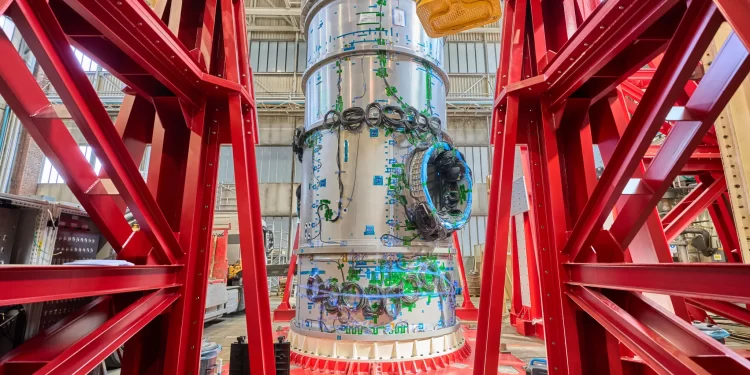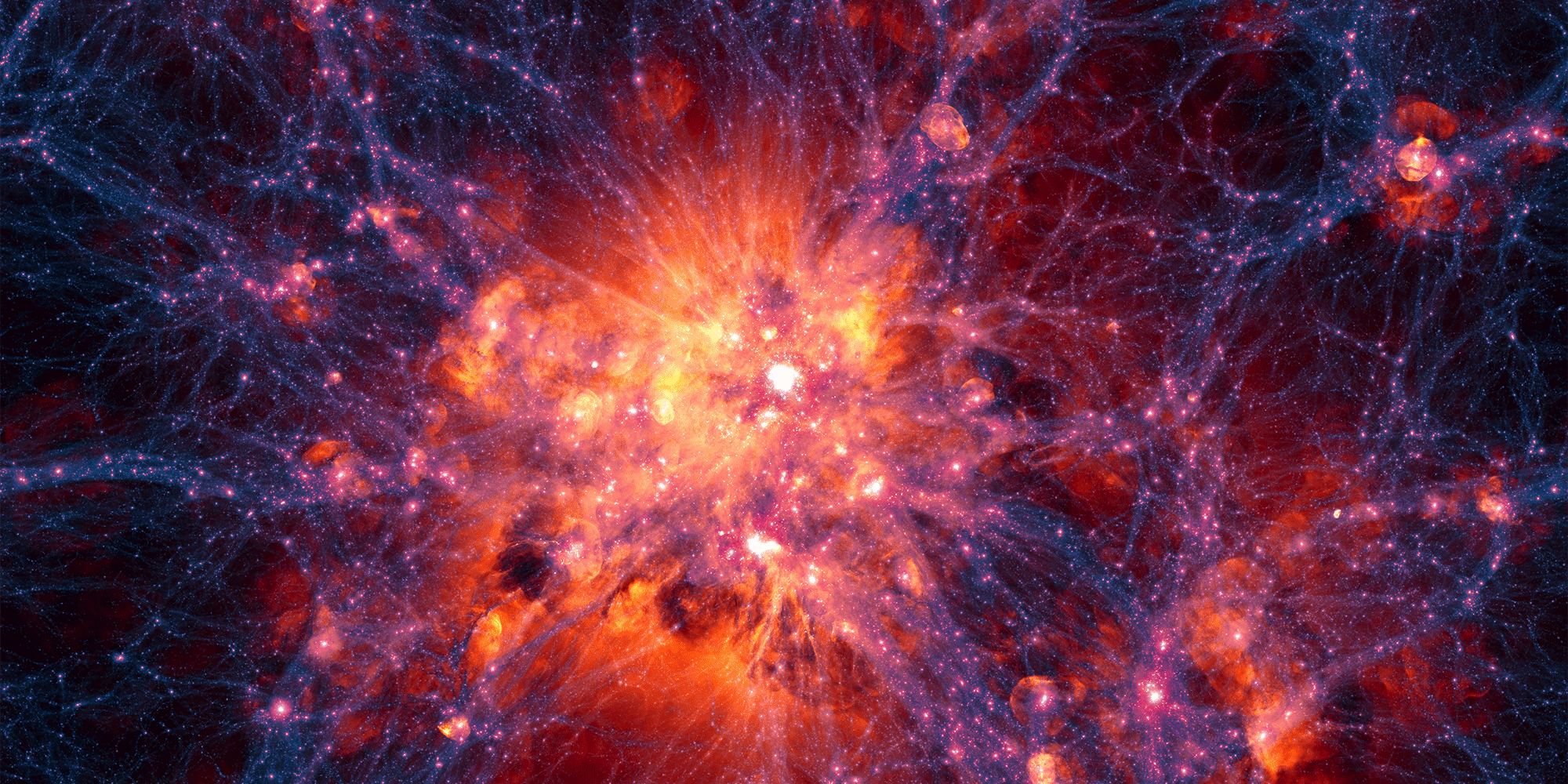NASA has made significant progress toward its ambitious goal of establishing a human outpost around the Moon. The agency recently announced that the Gateway lunar space station, which will support future missions on the Moon and beyond, has cleared a vital hurdle in its development.
HALO’s Key Stress Test Success
One of Gateway’s crucial components, the Habitation and Logistics Outpost (HALO), passed a rigorous series of stress tests, proving that it can withstand the harsh conditions of deep space. According to NASA, these tests, known as “static load testing,” evaluated how the HALO module handles extreme forces it will encounter in lunar orbit. This successful outcome ensures that the structure won’t buckle or crack when faced with the challenges of space.
“Static load testing is just one of several environmental evaluations HALO will undergo to guarantee its resilience,” NASA stated. The module, currently located in Italy, will be moved to Arizona after all tests are completed, where Northrop Grumman, NASA’s contractor, will finalize its assembly.
HALO is set to be one of the four primary modules of the Gateway station, where astronauts will live, conduct scientific research, and prepare for future missions to the Moon’s South Pole region. This milestone brings Gateway closer to reality, a cornerstone of NASA’s Artemis program, which aims to establish a lasting human presence on and around the Moon.
A Vision for Lunar and Mars Exploration
The Gateway station represents a major leap toward sustained exploration of the lunar surface and potentially, a stepping stone for humanity’s future journey to Mars. Though this testing phase is a huge accomplishment, there’s still a long road ahead before Gateway becomes operational.
The station will be assembled in space, with HALO and the Power and Propulsion Element (PPE) set to launch first. These components are slated for a SpaceX Falcon Heavy rocket launch, tentatively scheduled for December 2027. However, NASA remains cautiously optimistic, with expectations that Gateway may not be fully operational until 2028.
While delays are always possible in complex space missions, each achievement brings Gateway closer to fulfilling its mission. NASA’s vision for Gateway marks the beginning of a new chapter in space exploration, with its lunar station expected to support future Mars missions.
“Gateway is a pivotal part of NASA’s Artemis program, enabling sustained exploration and scientific discovery around the Moon,” NASA stated, noting that this progress also paves the way for humanity’s first crewed missions to Mars.
The recent milestone is a promising step forward, showcasing NASA’s determination to bring Gateway to life. With each phase, the Gateway lunar station draws closer to launching, inching humanity toward a new era of space exploration. As we look toward 2028, NASA’s efforts inspire hope for what lies beyond the Moon—perhaps even Mars.











